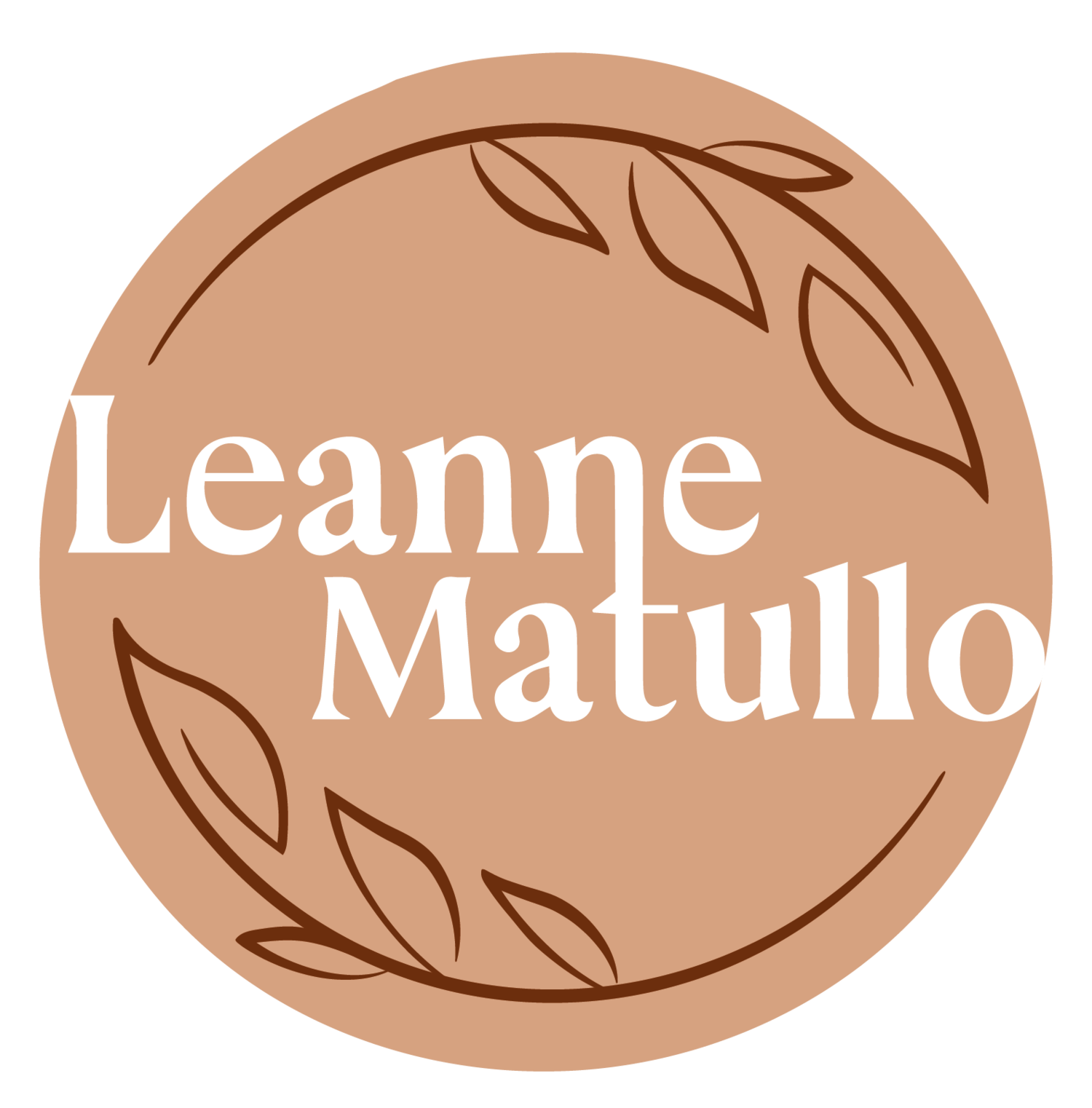What is Annamaya Kosha? Understanding the physical body.
We all have a tendency to overidentify with our bodies.
The way it looks. The way it feels. A diagnosis we’ve received. What our bodies should be able to do and what they cannot do. We may think that if we could just change some thing within or of the body…well, then our life would be so much different and happier and more carefree, right?
These attachments, desires, longings, and illusions of the “ideal” when it comes to our physical self are called body vasana.
Vasana means unhealthy desires or cravings. They arise in the mind due to self-ignorance (i.e. forgetting who we really are)…identifying too much with who we think we are or who we think we should be.
As I write this to you, I recognize that I am not immune to body vasana. Each time step on my mat, I remind myself that my body isn’t the same as it was when I was a dancer or when I started practicing yoga or before I birthed babies. My worth is not attached to the physicality of my body.
There are body vasanas, knowledge vasanas, and world vasanas. I’ll go into the latter two in a subsequent newsletter, but for now let’s stick with the body.
We are not our bodies, and yet the health of the body is very important to our whole person well-being. This is known as Annamaya Kosha, or the physical/food body layer.
But, wait…what are the Koshas?
The Pancha Maya Kosha model is a framework for treatment within the healing modality of yoga therapy.
Pancha - meaning “five”
Maya - meaning “illusion” or “veil” or “concealment of the nature of things”
Kosha - meaning “sheath” or “layer” or “covering”
When we view ourselves (or someone else) through the lens of the Pancha Maya Kosha model, we begin to witness the whole person, not just with our eyes and ears . We understand that we are more than a body, more than the limitations of the mind. We get a glimpse into the non-physical, the subtle realms of existence. And through each of these layers, we’re able to support truly holistic - whole person - well-being.
Many modalities adhere to one lane, choosing to work in the psyche or the physical landscape of the body and of course all of these modalities can be helpful. A yoga therapy based approach sees each layer as intertwined and influenced by the others.
And, because most of us get wrapped in some way by a body vasana let’s start there as it relates to the koshas.
Ask yourself: What is my current state of health within Annamaya kosha, the physical body?
(Also recognizing that the physical body is a layer over the true light that’s within us. I had a teacher call our bodies “meat suits” for our souls. Just think about that for a moment.)
Let’s start to examine what is:
What is my relationship to my physical body? How do I talk to her?
What is my relationship to food? How do I prepare it? How do I eat?
How does my body like to move? Do I know? Do I push my body to the edge regularly? Do I not move her enough?
Where do I hold tension? How do I release it? Do I know how?
Are my movements smooth and graceful? Or sticky, rough, jagged, or harried?
What are my sleep patterns? Are they restful?
What is my relationship to the natural world? Knowing that I am a part of the natural world?
What is my relationship to pleasure? Sensation? To the scents, tastes, textures of the world?
To release a body vasana, we practice self-inquiry, self-knowledge, and introduce gentle routines to keep the physical body in good health - and that will mean something different to every one of us. This is included in a treatment plan within a yoga therapy session. Eventually, we identify less with the physical form (although it’s still important!) and reach a balanced state of being, finding contentment in other facets of our lives.
At the end of the day, yoga is about freedom. It’s about liberating ourselves from the bondage of the mind, and because we live in a physical world, we have a physical body to take care of…it’s a layer. But, it’s not the only layer.
Over the next few letters, I’m going to share more about each layer within the Kosha framework (there are five), and I’d love to develop a dialogue with you, dear reader, as we go. So please feel free to write me! It’s more fun that way.
For now, perhaps pick one question to reflect on, meditate with, journal about. And, if you’d like, write to me here about your reflections and wanderings.
Jai Ma.
With love,
Leanne









